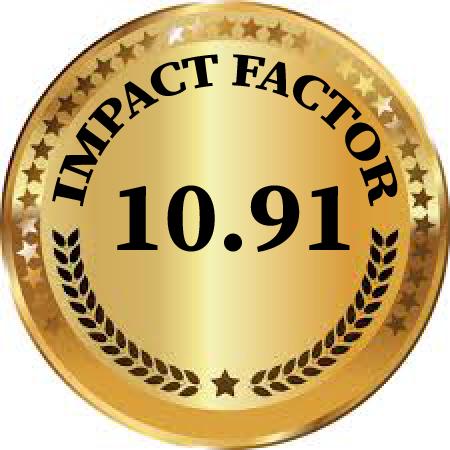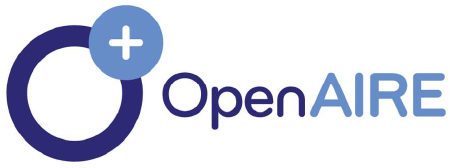FORECASTING URBAN WATER DEMAND USING MACHINE LEARNING: A CASE STUDY OF WEATHER AND SEASONAL INFLUENCES IN THE CITY OF BEND, OREGON.
Abstract
This study investigates the relationship between meteorological variables and daily water use in Bend, Oregon, from 2020 to 2024, and forecasts demand for 2025–2026. Two predictive models—linear regression and random forest—were evaluated, with the latter significantly outperforming the former (RMSE = 0.51M gallons; R² = 0.995). Variable importance analysis using the random forest approach identified mean daily air temperature, day of year, and evapotranspiration as primary predictors. An enhanced model incorporating temporal features such as month and weekday further improved accuracy (RMSE = 1.29M gallons; R² = 0.97). The model was then used to forecast water demand for early June 2025 and 2026, yielding consistent daily use estimates between 18.9 and 21.8 million gallons. These results demonstrate the efficacy of machine learning methods for forecasting urban water use and highlight the influence of weather and seasonal cycles on demand patterns.
References
U.S. Bureau of Reclamation. (n.d.). AgriMet Coordinated Agricultural Weather Network. U.S. Department of the Interior. https://www.usbr.gov/pn/agrimet/webarcread.html






















